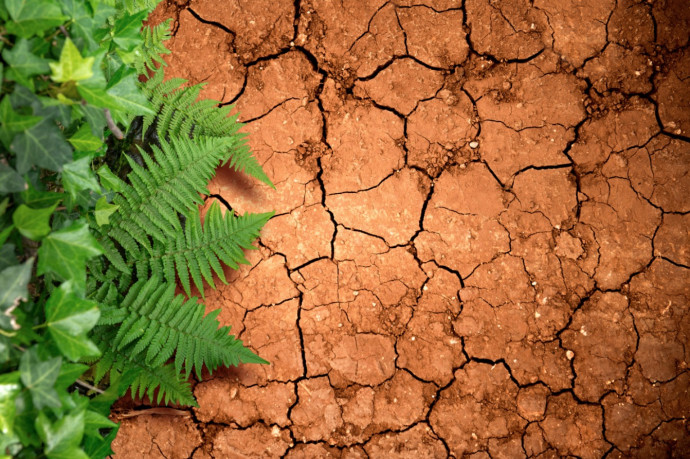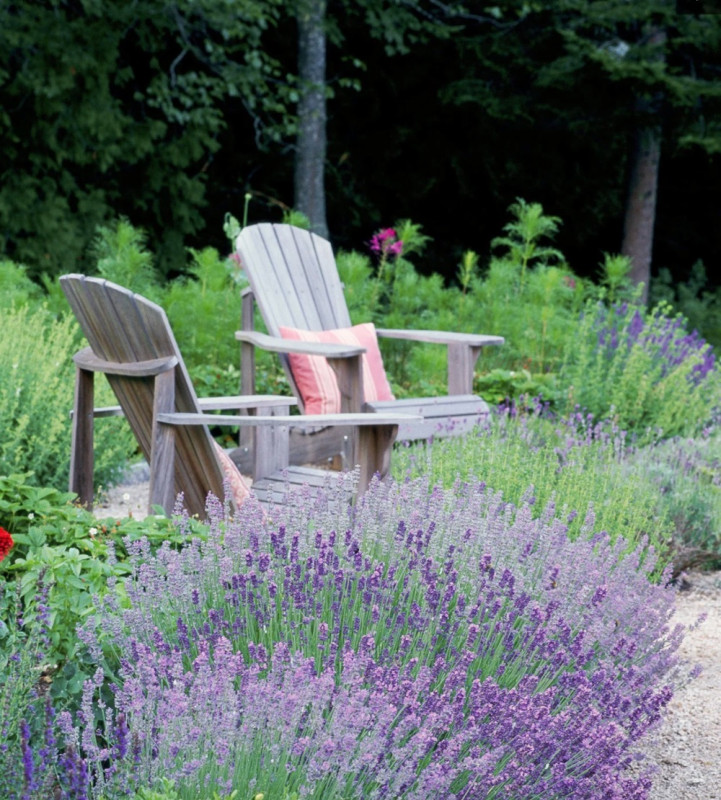Best Tips For Gardening in Drought Conditions

Be prepared for when the weather gets steamy. Get tips on how to keep your garden alive when extended periods of hot, dry weather arrive. A drought can be a gardener's worst nightmare. When a hot, dry weather pattern sets in, it affects your landscape in many ways. There is nothing you can do to prevent a drought, but there are some strategies you can employ to minimize the impact on your garden.

Drought is devastating to a garden, and it seems to occur more frequently with each passing year. With watering restrictions and expensive fines for excessive water use, it really makes sense to combat drought so your plants can withstand low waterand high heat conditions.
A water retentive soil is the most important tool for keeping moisture close to your plants' root systems. One key to water-retentive gardening is direct seeding. It also helps to regularly amend beds with rich compost material that absorbs and retains water. Whether for containers or garden beds, create drought-resistant soil with the recipe to the right.
Homemade water-retaining soil mix.
- 1 part organic potting soil with worm manure.
- 1 part organic rotted composted manure.
- 1 part normal compost

Other tips to improve water retention
- For container gardens, do not use soil mixes that contain artificial water gels and chemical ingredients. Instead, use a natural, water-retaining soil mix.
- Succulents and cacti are very drought tolerant, but require excellent drainage and soil made specifically for succulents or cacti.
- Cover your garden with 1 to 3 inches of mulch. Deep watering once a week is much more effective than frequent, shallow watering. If you water during the day, much of the water is lost to evaporation; instead, water with drip systems after 8 pm or before 8 am. Instead of daily drip watering, try watering every four days for a longer period of time to conserve water.
- Include succulents, cacti and drought-tolerant ground covers in container and in-ground plantings. They are a much better choice than water-sucking plants like grass and sensitive annuals. Plant accordingly - sun plants in sunny areas and shade plants in shady areas.
- Plant vegetables and herbs with smaller leaves; generally, small-leafed plants lose less moisture through transpiration.
Vegetable gardening is possible even in drought conditions if you use a combination of retentive soil, mulch, organic fertilizer, and vegetables or herbs that require less water.
- Planting vegetables close together helps conserve water; each plant can shade and protect the other plants, and they share water this way.
- Vegetables and herbs that can tolerate drought include beans and peas bred for the Southwest, such as tepary beans, black-eyed peas, pole beans and lima beans. Other possible vegetables include broccoli, Swiss chard, Chinese cabbage, eggplant, lavender, malabar spinach, okra, oregano, bell pepper, rosemary, sage, thyme and winter savory.
